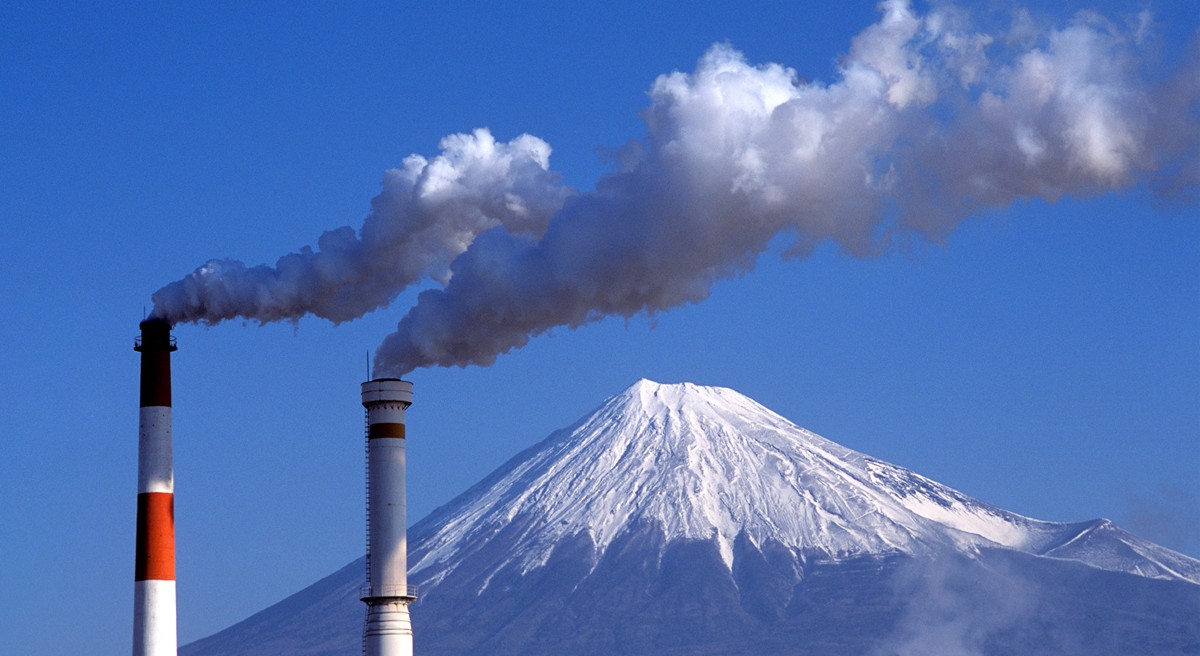Innovative Carbon Capture Technology at Shizuoka University: Turning CO2 into Valuable Carbon Nanomaterials
Key Ideas
- Researchers at Shizuoka University in Japan are developing a three-step catalytic process to directly pull CO2 from fossil-fuel-fired power plant emissions, converting it into solid carbon nanomaterials.
- The innovative process, known as auto-methanation, not only efficiently recycles CO2 emissions into methane for fuel but also converts methane into synthesis gas, contributing to industrial chemical production.
- By optimizing catalyst structures and introducing a third catalytic step for solid carbon formation, the team achieved up to 56% conversion of synthesis gas into valuable solid carbon at temperatures below 700°C, offering a promising solution for carbon capture and utilization.
- The project aims to reduce greenhouse gas emissions from industrial processes and provide an energy-efficient alternative to conventional carbon capture systems, potentially revolutionizing CO2 conversion technology.
Researchers at Shizuoka University in Japan have developed an innovative three-step catalytic process to address greenhouse gas emissions by directly capturing CO2 from fossil-fuel-fired power plant emissions and converting it into valuable solid carbon nanomaterials. Led by Choji Fukuhara, the team's research focuses on auto-methanation, a process that efficiently recycles CO2 emissions into methane for fuel. By introducing oxygen into the methanation reaction, the team discovered a method that significantly improved CO2 conversion to methane, paving the way for a more energy-efficient carbon capture system.
Furthermore, the team's approach involves converting methane into synthesis gas using a reaction called dry reforming, which is crucial for industrial chemical production. By optimizing catalyst structures, such as nickel-ceria or ruthenium-ceria coatings on a spiral-shaped support structure, the team achieved high CO2 conversion rates even at elevated gas flow rates. Notably, the process also led to the formation of solid carbon in the form of long carbon fibers and nanotubes at temperatures below 700°C.
The development of a third catalytic step focusing on solid carbon formation through disproportionation of carbon monoxide further enhanced the system's carbon capture capabilities. By running the metal oxide reaction steps in series, the team successfully converted a significant portion of synthesis gas into valuable solid carbon nanomaterials. This breakthrough could revolutionize carbon capture and utilization technologies, offering a more sustainable solution for reducing greenhouse gas emissions from industrial processes. Through continuous testing and optimization, the team aims to demonstrate the full potential of their CO2 conversion process and contribute to global efforts for a greener future.
Topics
Power
Energy Transition
Green Technology
Research
Carbon Capture
CO2 Conversion
Industrial Processes
Chemical Reactions
Solid Carbon Nanomaterials
Latest News
